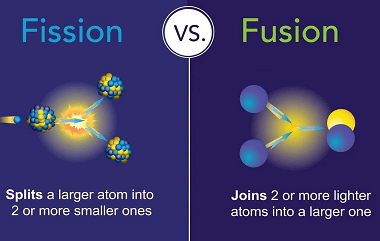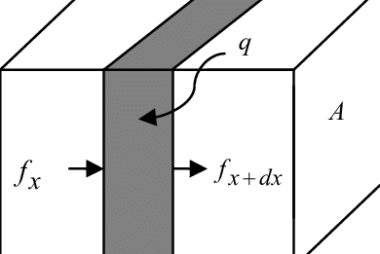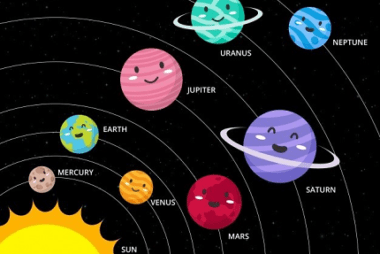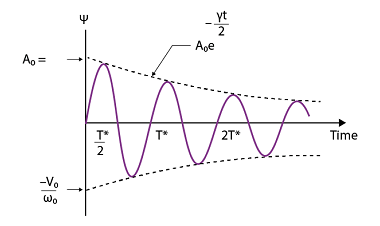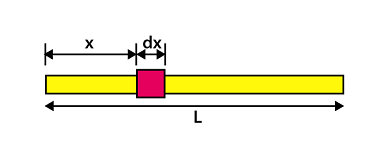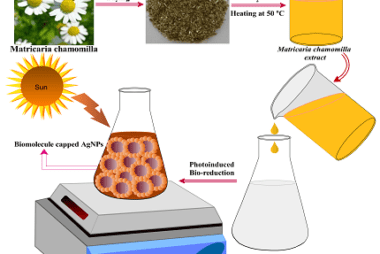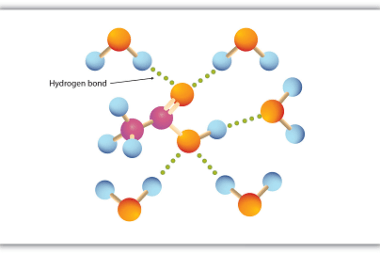JEE (Main+Advance) e-advance Course Electrochemistry
Electrochemistry is an important topic in JEE (Main+Advance) chemistry syllabus. It deals with the study of chemical reactions that involve the transfer of electrons. It is also an important area of study in the field of materials science, biochemistry, and environmental science. Some of the important topics in electrochemistry that are covered in JEE (Main+Advance)…

